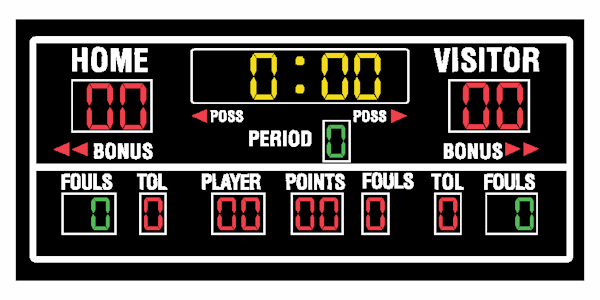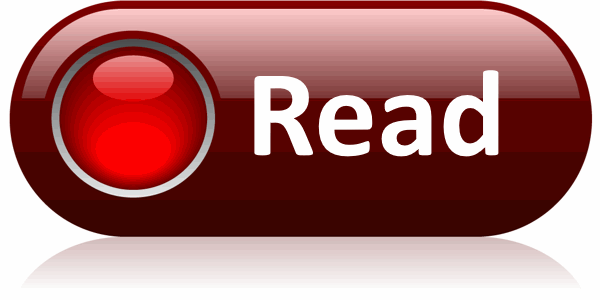By Steven Nichols, Founder of Banyan Business Outcomes LLC
Missed Opportunity
Ice sculptures and supplier contracts have a few things in common. Both are painstakingly crafted, momentarily appreciated, and then quickly forgotten after their moment in the sun.
Contentiously negotiated contract terms like service level agreements, scopes of work, penalties, and incentives often melt away in the heat of the transition. Operational teams prefer eyeball expectations when it comes to commitments.
We even discourage referencing the agreement by calling it “good bedside reading,” and acting affronted when it’s invoked. One client once told me (more or less), “If you were really a partner, you wouldn’t point out what I want is explicitly out of scope.”

Solvable Problem
The root of the problem is that contract terms are obfuscated by legalize prose and often stored in an inaccessible scanned PDF format. They inevitably gather digital dust until a day or two after the notice-not-to-renew deadline. The concessions hard-won by the procurement team remain hypothetical because no one has time to translate the agreement into a measurable structure.
Yet, contracts are important. They describe critical elements for a satisfactory relationship. What is the business value sought? How will we measure success? Who will be responsible for what?
Distilling the most important terms into digestible checklists centers the relationship around the contract terms and ensures the customer gets the full value of the agreement.

Scorecard
A supplier scorecard fills the gap between the contract and operations. It helps the supplier and customer come to agreement about the quality of service expected and delivered. Scorecards help customers manage performance and get on the same page.
A supplier scorecard is relatively easy to set up:
- Start by summarizing each term or obligation in the contract at a high level. Avoid fine nitpicky details as well as subjective unfair language. The point is to define what each term means.
- Add a column for the performance objective from the last quarter.
- Add a column for notes.
- Add a column for the score.
- Add a column for the next quarter’s objectives.

| Obligation | Definition | Last Quarter Objectives | Performance Notes | Score | Current Quarter Objectives |
|---|---|---|---|---|---|
| On-time Delivery | xxx | xxx | xxx | xxx | xxx |
| Quality | xxx | xxx | xxx | xxx | xxx |
| Incident Management | xxx | xxx | xxx | xxx | xxx |
| Continuous Improvement | xxx | xxx | xxx | xxx | xxx |
Tracking Performance
The exercise of setting objectives and grading performance should be cooperatively completed with the supplier. Disagreements about scoring are an opportunity for a productive discussion. Supplier buy-in for performance improvement goals is critical.
Tracking performance over time can be helpful for understanding trends, rewarding improvement, and applying pressure where needed. I set up my scorecards with separate sheets for each quarter and use some Excel magic to gather the results into a dashboard.
Scorecards are also useful in deciding whether to grow a relationship with a supplier. A scorecard is a quantified demonstration of the supplier’s capability to deliver against their commitments. This performance is highly relevant when considering if a supplier should be permitted to sell additional services.

Summary
A supplier scorecard is one of the most important governance artifacts. Investing a little time when onboarding a new supplier, or extending a contract, helps the supplier stay on track, ensures the customer gets full value, and lays a foundation for relationship to grow.

About Steven Nichols

Steven Nichols is the founder of Banyan Business Outcomes, where he has developed a body of knowledge and toolset to help clients source and manage technology providers who can become true partners.
Steven lives in Denver, Colorado with his wife and son. He enjoys the outdoors and has visited 64 National Parks and Monuments throughout the Western United States.
See: LinkedIn profile
What is Strategic Sourcing?
Successful Supplier Selection
Putting Strategy into Sourcing
What is High Flexibility Scheduling?
Global Sourcing: Opportunity or Risk
Subscribe to our newsletter
References
Organizational Improvement Acronyms by Transformance Advisors
Organizational Improvement Definitions by Transformance Advisors
Supplier Relationship Management: Unlocking the Hidden Value in Your Supply Base by Jonathan O’Brien
